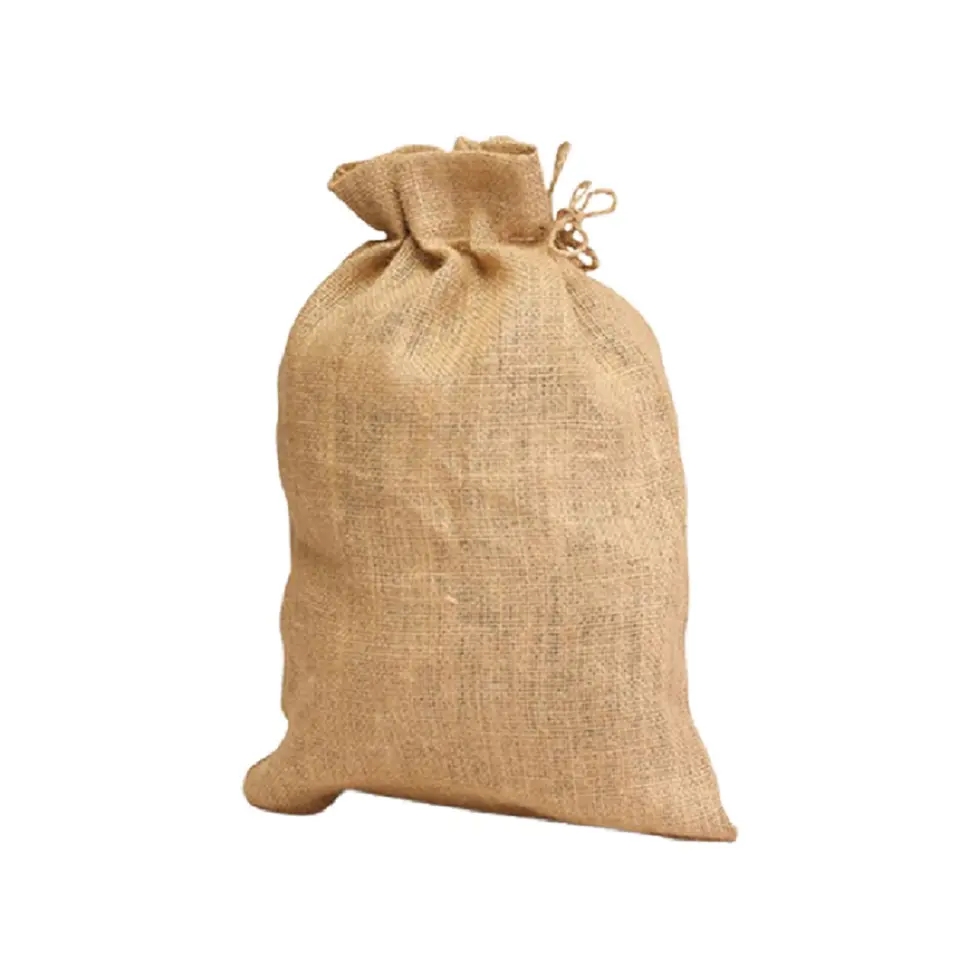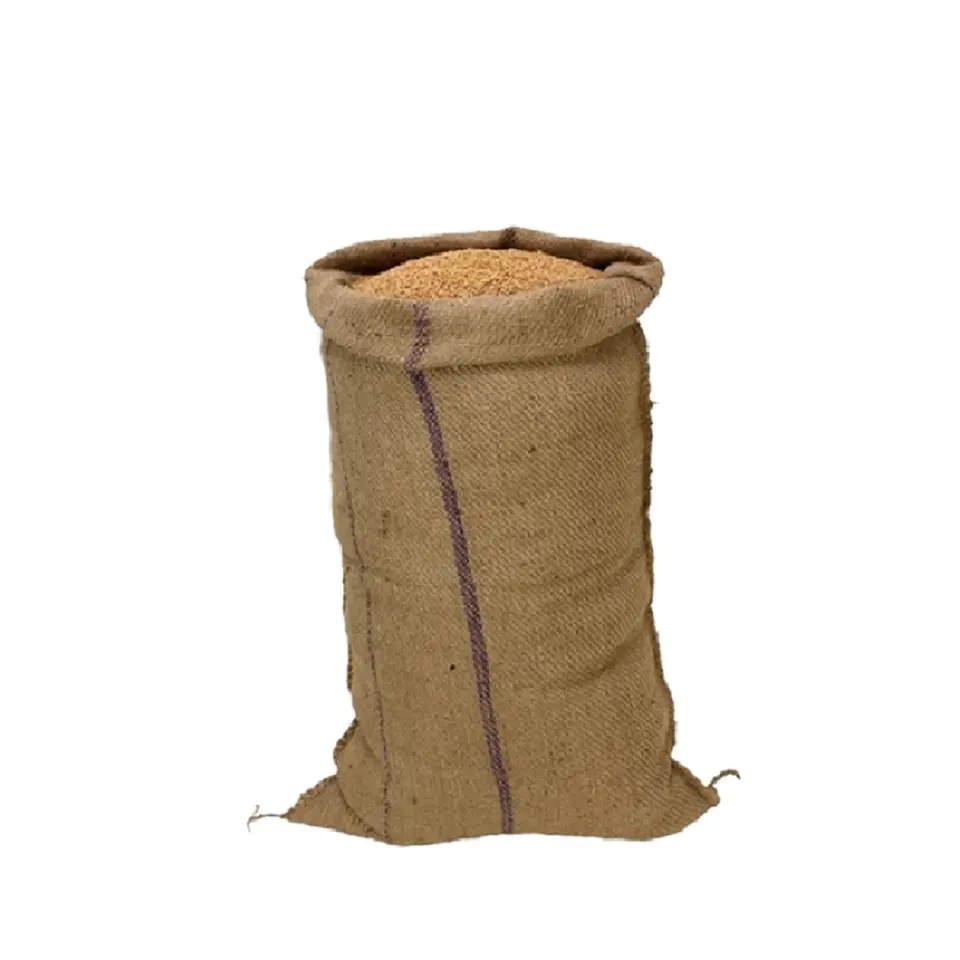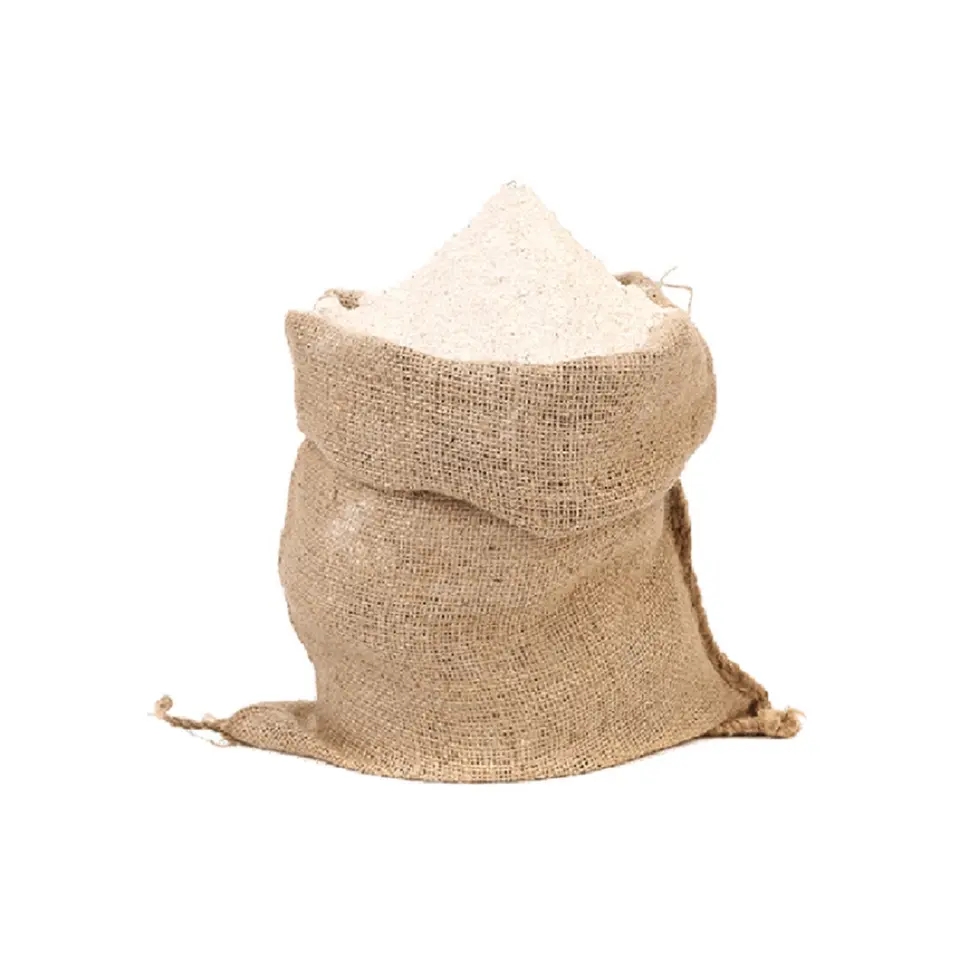Introduction
Jute sacks, also known as burlap bags, are versatile and sustainable packaging solutions widely recognized for their durability and eco-friendly nature. This article delves into the various aspects of jute sacks, exploring their uses, benefits, and contribution to sustainable packaging practices.
1. Understanding Jute Sacks
Jute sacks are woven bags made from natural jute fibers, derived from the jute plant’s stem. Jute, a long, soft, and shiny vegetable fiber, is renowned for its strength and breathability. These characteristics make jute sacks a preferred choice for packaging a wide range of products, from agricultural produce to industrial goods.
2. Uses of Jute Sacks
2.1 Agricultural Sector Jute sacks are extensively employed for packaging various agricultural commodities such as grains, pulses, coffee beans, and potatoes. Their breathable nature allows proper air circulation, preventing moisture buildup and maintaining product quality during storage and transportation.
2.2 Retail and Packaging Jute sacks have gained popularity in the retail sector for packaging items like rice, flour, and sugar. Their rustic and natural appearance adds an aesthetic appeal to products, aligning with the growing consumer demand for sustainable packaging options.
2.3 Promotional Merchandise Jute sacks serve as an excellent canvas for branding and promotional purposes. Custom printing on jute bags not only promotes a brand but also supports an eco-conscious image, attracting environmentally aware consumers.
3. Benefits of Jute Sacks
3.1 Eco-Friendly Nature Jute sacks are biodegradable and compostable, making them an environmentally responsible alternative to plastic packaging. Their production process also has a lower carbon footprint compared to synthetic materials.
3.2 Durability The inherent strength of jute fibers ensures that jute sacks can withstand heavy loads, reducing the risk of damage during transit and storage. This durability translates to cost savings and reduced waste.
3.3 Breathability The porous nature of jute allows products to breathe, preventing the accumulation of moisture and maintaining optimal conditions. This is especially crucial for agricultural products and perishable goods.
3.4 Versatility Jute sacks come in various sizes and designs, catering to a wide range of packaging needs. They can be tailored to fit specific product dimensions and branding requirements.
4. Sustainable Packaging Practices
In an era where sustainable practices are prioritized, jute sacks play a significant role in reducing plastic waste and promoting responsible packaging. Businesses opting for jute sacks align with eco-conscious consumers’ values, contributing to a more sustainable future.
5. Conclusion
Jute sacks offer a blend of functionality, durability, and sustainability, making them an ideal choice for packaging across diverse industries. As consumer preferences shift towards eco-friendly options, jute sacks stand out as a testament to responsible packaging practices that benefit both businesses and the environment. By incorporating jute sacks into packaging strategies, businesses can make a positive impact while ensuring the safety and quality of their products during storage and transportation.



